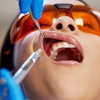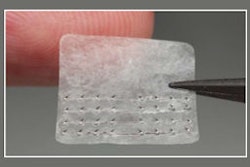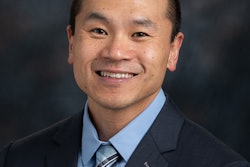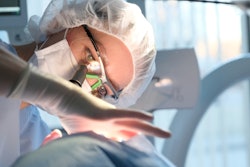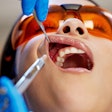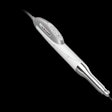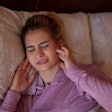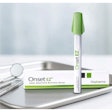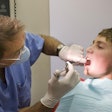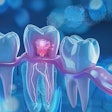3D printing may be used to help grow new nerve fibers and restore quality of life for patients living with trigeminal nerve damage, which can cause numbness, tingling, and sudden, severe pain, according to a University of Sheffield news article.
Using models to mimic neuralgia and neuropathy in patients, Sheffield’s neuroscience research team has developed a nerve repair technique in which damaged tissue is removed and nerve endings are sutured together. In cases of extensive damage, where suturing nerves together is not possible, the team is using 3D printing and developing biocompatible materials that can be used to bridge larger gaps between nerve ends.
“We use 3D printing to accurately create a tubular structure out of the biocompatible material,” Fiona Boissonade, PhD, a professor at Sheffield’s school of clinical dentistry, said in the article. “By 3D printing we can add features to the ‘tube’ that help to guide and enhance new growth of nerve fibres.”
For individuals who experience trigeminal nerve injuries as a result of dental surgery -- including tooth extraction, third-molar extraction, dental implant surgery, or local anesthetic-related injuries -- some may experience numbness or painful burning sensations. Numbness and pain can affect eating, drinking, and speech and significantly impair a person’s quality of life. For these patients, there has been no solution.
“Surgical outcomes were very poor leaving many patients with permanent life altering injuries for which little treatment was offered,” Dr. Simon Atkins, a senior clinical lecturer, consultant oral surgeon at the university, and lead of the clinical repair service at Sheffield, said in the article.
To investigate why some people experience debilitating side effects and others do not, Atkins, Boissonade, and Dr. Emma Bird, also from Sheffield’s school of clinical dentistry, are collecting detailed data, including portions of human nerves that have been removed during nerve repair. The samples are annotated with a history of who it came from, the patient’s symptoms, and the level of pain he or she is experiencing to understand the cause and a potential solution for their pain.
“The idea is to generate potential new treatments to reduce pain in those who experience it,” Boissonade said. “We’re advancing our research, looking into how relevant molecules in and around the nerves might be influencing the amount of pain patients experience.”

